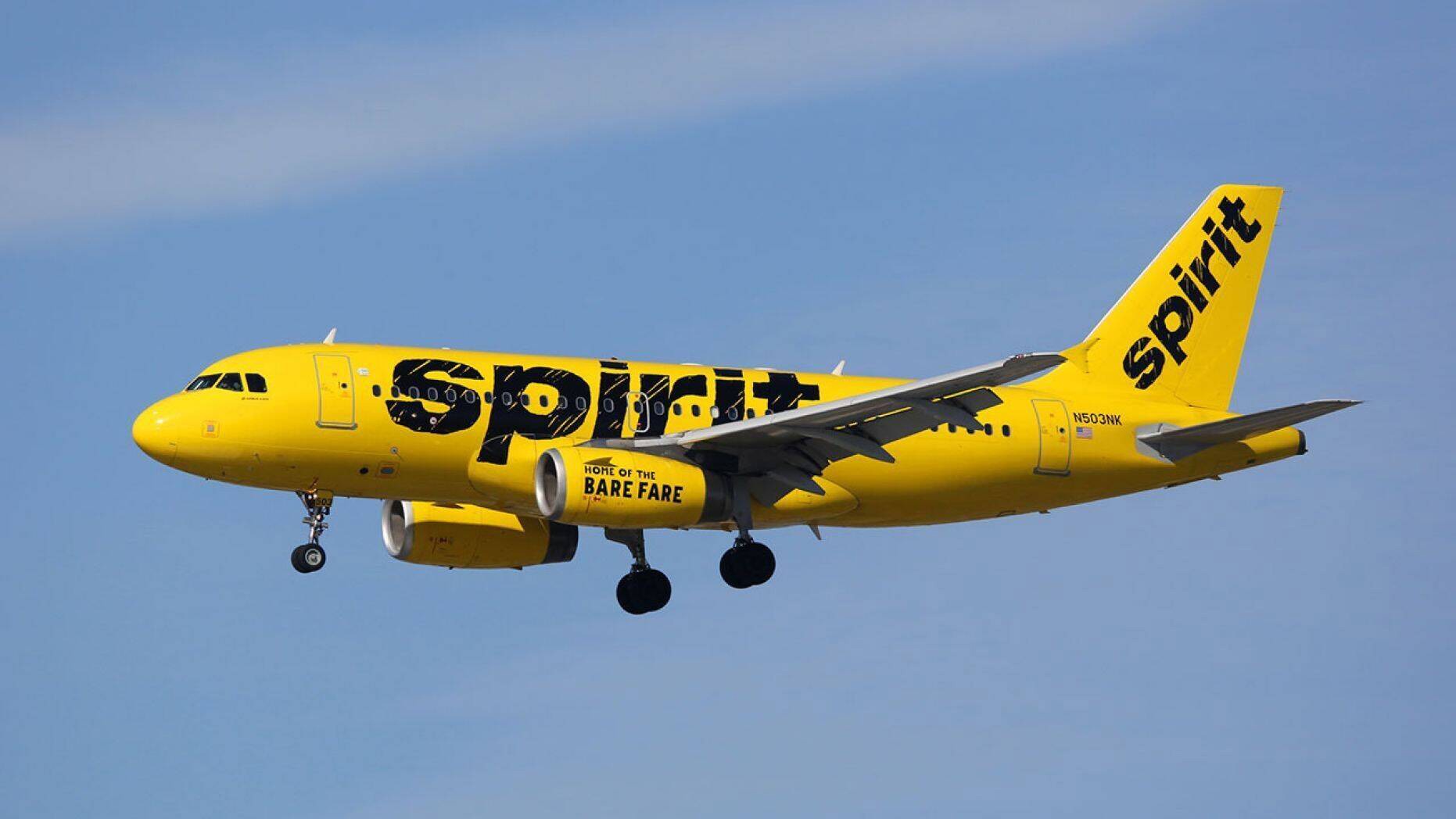Ever had to dash through an airport, clutching your boarding pass, with your pulse pounding, because you were trying to make a connecting flight? For most of us, figuring out how a connecting flight is different from a direct flight feels like trying to solve a riddle, complete with all the confusion about what to do, when to do it, and what happens to our bags.
If you’re used to flying direct flights, keep reading for some straightforward tips and knowledge so you can tackle the whole process of a connecting flight more smoothly and confidently.

Security Procedures for Connecting Flights
Navigating security during a layover at a connection airport is a common source of confusion. For domestic layovers, especially flying with the same airline, you’re generally in the clear—no need to exit and re-enter security. But international connecting flights work differently.
You might have to undergo a security recheck, especially if you’re entering a new country. Exceptions exist, though rare, and depend on the connecting airport layout and agreements between countries. Understanding these nuances can smooth out your transit significantly.
Waiting for Connecting Flights
Ever wonder if your connecting flight will wait for you if you’re late? Typically, the answer is no, though there are some exceptions. Airlines might hold the next flight only for a large group or VIPs, but this is rare.
It’s crucial to plan for adequate connection times to avoid this stress. Airlines operate on tight schedules, and the domino effect of waiting for passengers can lead to significant delays.
Handling Missed Connecting Flights
Missing a connecting flight can be a traveler’s nightmare, but the fallout depends on your flight itinerary. If it’s the airline’s fault (e.g., a delayed first flight), they’re typically responsible for rebooking all subsequent flights to your final destination for you at no extra charge.
They’ll put you on the next available flight to your final destination. However, it’s important to communicate with the same airline you flew with immediately to minimize disruptions to your travel plans and potentially save you from extra headaches.
For peace of mind on your next trip, consider signing up at Matt’s Flights to ensure you’re always prepared, even if you miss your connecting flight.

Minimum Connection Times
Navigating the maze of airports can be tricky, especially when you’re on the clock. Minimum connection times (MCT) are your golden ticket, ensuring you don’t miss your next flight. These times vary wildly, depending on the airport’s layout and whether you’re dashing from a domestic gate to another or hustling through international connecting flights.
Factors like terminal distances and baggage handling play a massive role. Knowing the MCT at your connecting airport can save you from a travel mishap.
Customs and Immigration for Connecting Flights
When you book connecting flights from one place to another, there’s this unavoidable pit stop that throws a wrench in your smooth-sailing plan. Say you’ve chosen the best seat on the plane and now you’re wondering how you’ll navigate through customs and immigration once you hit the ground.
If your next stop is the U.S., mentally prepare yourself for a two-step shuffle—first, you’ll go through immigration to get the nod that yes, you can enter, and then through customs to prove to customs that your bags aren’t carrying anything you shouldn’t.
It’s the country’s checkpoint, making sure you’re all set to go without any hitches. Whether it’s a sprint or a marathon depends on where you’re going.
Layovers vs. Connecting Flights
Have you ever caught yourself puzzling over what exactly sets a layover apart from a connecting flight? It’s simple: layovers are like timeouts you get between your first flight and the rest. It’s your chance to stretch your legs, explore the airport shops, or grab something to eat. Like a mini-break.
Now, connecting flights? They’re the steps in your travel plan, the ones that actually take you closer to where you want to end up.
Basically, layovers serve as brief intermissions, offering a pause, while connecting flights act as the pivotal steps propelling the journey towards its final destination.

Baggage Recheck for Connecting Flights
On the topic of a connecting flight, a common query is: “Do I need to recheck my baggage?” The answer varies. For domestic connections, airlines usually handle your bags, whisking them off to your next flight without a peep from you.
On international connecting flights, you might have to reclaim and recheck your luggage, especially when going through customs. Always check with your airline for the specifics to smooth out those baggage logistics.
For instance, if you’re traveling with Delta Airlines, check out our guide on how to master Delta baggage fees and make your travel hassle-free.

Boarding Passes for Connecting Flights
When navigating through busy airports on your journey, boarding passes for each plane leg are a must. Most times, you’ll snag all of them at your initial check-in, even for international connections.
However, for some international routes, you might need to pick up a boarding pass mid-trip. Always ask at check-in to ensure you’re all set for smooth sailing.
Skipping Connecting Flights
Thinking of ditching a connecting flight? Tread carefully. Skipping a connecting flight might seem like a savvy move, but it can lead to unexpected snags. Airlines might cancel the remainder of your flight connections and your ticket, leaving you stranded or out of pocket. Plus, it could put a dent in your frequent flyer status.
Final Thoughts
There you have it – the ins and outs of what is a connecting flight. From security procedures to skipping a flight, they’re different from a direct flight so it’s all about planning and knowledge.
Keep these tips in mind, and you’ll navigate the skies like a pro. Remember, understanding the nuances of connecting flights can make all the difference for a smoother travel experience.
Stop overpaying for travel!
Get cheap flight deals emailed straight to your inbox and save up to 90% on your next trip.




